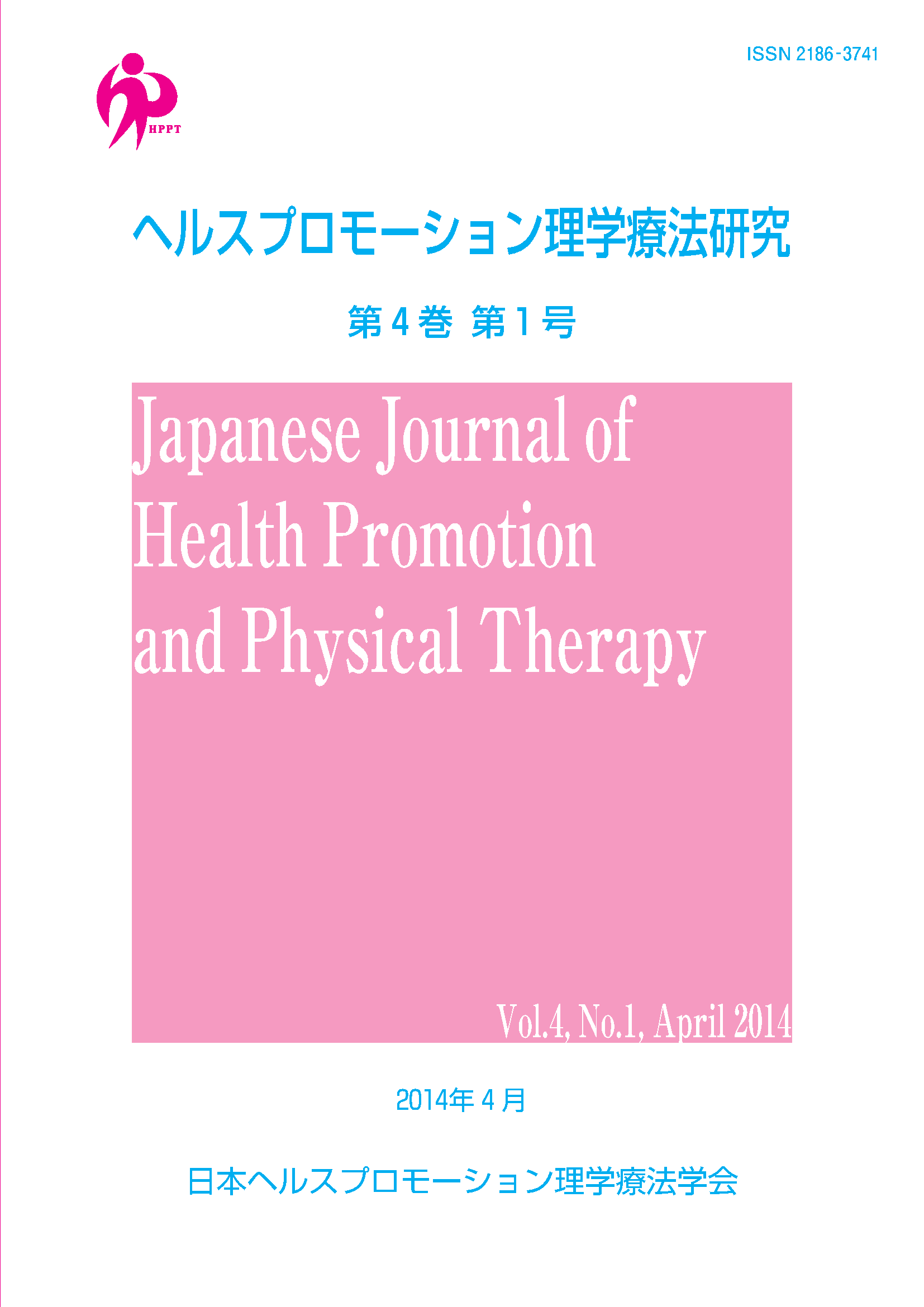Volume 4, Issue 1
Displaying 1-7 of 7 articles from this issue
- |<
- <
- 1
- >
- >|
ORIGINAL ARTICLES
-
2014Volume 4Issue 1 Pages 1-6
Published: April 01, 2014
Released on J-STAGE: August 06, 2014
Download PDF (426K) -
2014Volume 4Issue 1 Pages 7-11
Published: April 01, 2014
Released on J-STAGE: August 06, 2014
Download PDF (489K) -
2014Volume 4Issue 1 Pages 13-18
Published: April 01, 2014
Released on J-STAGE: August 06, 2014
Download PDF (799K) -
2014Volume 4Issue 1 Pages 19-24
Published: April 01, 2014
Released on J-STAGE: August 06, 2014
Download PDF (371K) -
2014Volume 4Issue 1 Pages 25-30
Published: April 01, 2014
Released on J-STAGE: August 06, 2014
Download PDF (366K)
SHORT REPORT
-
2014Volume 4Issue 1 Pages 31-35
Published: April 01, 2014
Released on J-STAGE: August 06, 2014
Download PDF (356K) -
2014Volume 4Issue 1 Pages 37-41
Published: April 01, 2014
Released on J-STAGE: August 06, 2014
Download PDF (456K)
- |<
- <
- 1
- >
- >|
